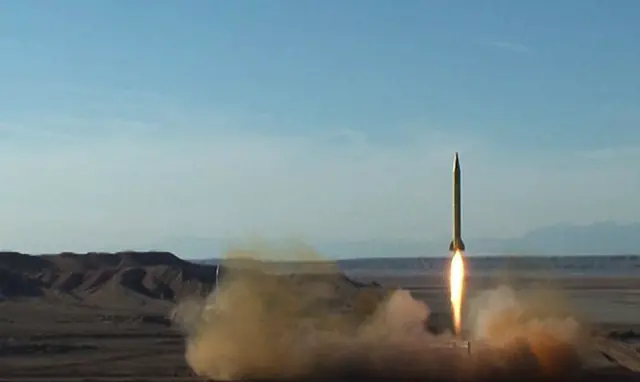Japan and the United States plan to test a new interceptor missile with greater range in October in response to North Korea's recent high-altitude ballistic missile launch.
Even if the test is successful, however, Japan will not be able to deploy the new missile for at least five years because of a lengthy production process.
The new Standard Missile-3 (SM-3) Block 2A is an upgraded version of the SM-3 Block 1A now deployed on Aegis destroyers used by the Self-Defense Forces.
A dummy missile will be launched from the Hawaiian island of Kauai and the interceptor missile will be fired at it from a U.S. Navy Aegis destroyer.
Japan can currently intercept ballistic missiles with the SM-3 Block 1A interceptor and the land-based Patriot PAC-3 missile system, but the former can only reach an altitude of about 500 kilometers while the latter goes up to about 20 km.
The 2A, on the other hand, is designed to fly higher than 1,000 km.
When North Korea launched Musudan medium-range ballistic missiles in June, it used a "lofted trajectory" to send a missile to a much higher altitude than usual. The missile eventually landed in the Sea of Japan. While the projectile only traveled a distance of about 400 km, South Korea reported that it had reached a maximum altitude of about 1,400 km.
The ideal timing for shooting down a ballistic missile is at the peak of its trajectory because that is when it is traveling the slowest, according to Defense Ministry officials.
If North Korea continues to use lofted trajectories for its ballistic missiles, the 1A and PAC-3 interceptor missiles used by the SDF would not be able to reach the trajectory peak.
Interceptor missiles would have to be used when the ballistic missile is picking up speed as it falls back to Earth, making it more likely that an interception would fail.
Development of the 2A began in 2006, and the scheduled test will be conducted in the final stages of its development. If the test and another scheduled before the end of the current fiscal year both prove successful, Japan and the United States will begin mass production as early as fiscal 2017.
The government has requested 14.7 billion yen ($146 million) in the fiscal 2017 budget to pay for acquiring the main part of the 2A. However, production of the 2A is a time-consuming process because there are many segments where manual labor is required for assembly.
The estimated date for deployment of the 2A in Japan is 2021.
"We will have to use our existing interceptor missiles until then," said a high-ranking Defense Ministry official.
(THE ASAHI SHIMBUN)
 简体中文
简体中文

